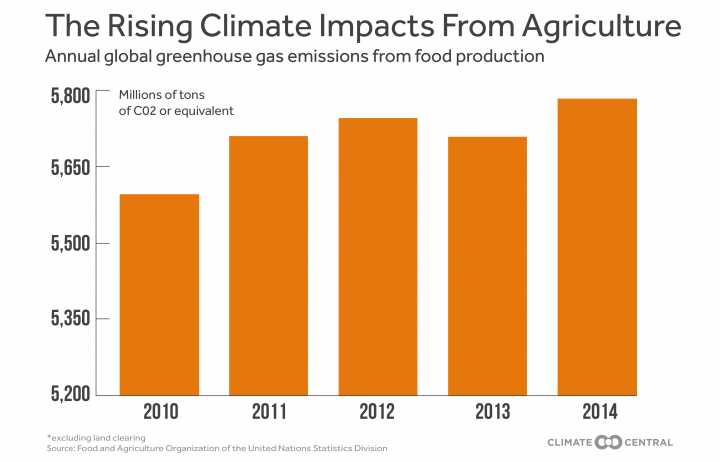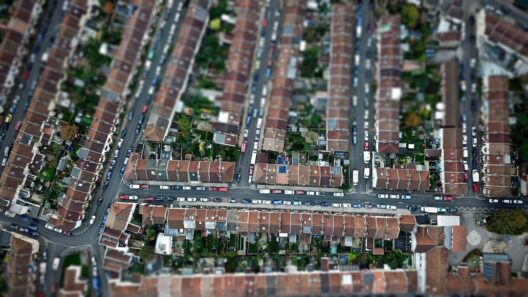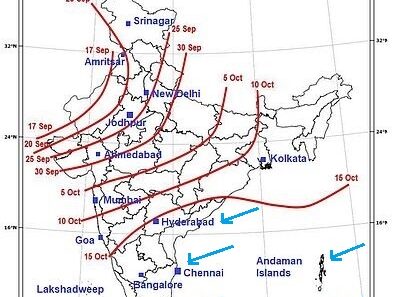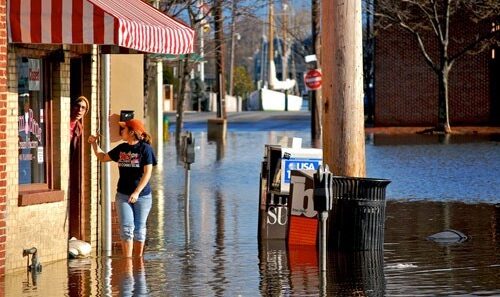In the vast tapestry of our planet, industrial practices weave intricate patterns, reshaping the natural environment. Among the most potent threads that interlace our ecological fabric are fossil fuels and agricultural practices. Both sectors, while serving humanity’s immediate needs, concurrently unleash profound repercussions on our climate. If we envision the Earth as a symbiotic organism, these industrial actions act as both lifeblood and poison, simultaneously nourishing our society and endangering our future.
Fossil fuels, the ever-elusive black gold, have been the cornerstone of modern civilization. They power our vehicles, heat our homes, and drive the expansive engines of industry. However, this reliance comes at an exorbitant moral and environmental cost. When combusted, fossil fuels release a cacophony of greenhouse gases into the atmosphere, transforming our once pristine sky into a murky shroud of pollutants. Carbon dioxide, methane, and nitrous oxide spiral into the air, creating a greenhouse effect likened to wrapping the Earth in a suffocating blanket. This rapidly accelerates climate change, leading to increasingly volatile weather patterns, rising sea levels, and acute disruptions to ecosystems.
The phenomenon of climate change is not an abstract concept; it is a stark reality that orchestrates the rise of natural disasters. Hurricanes intensify, droughts become more severe, and wildfires rage with insatiable fury. From the coastal communities retreating from encroaching tides to the farmers addressing scorching droughts, the impacts are palpable and inequitable. The most vulnerable among us, often those least responsible for carbon emissions, bear the brunt of this predicament.
Turning our gaze toward agriculture—another titan of industrial impact—reveals a similarly distressing narrative. Farming practices have evolved significantly since the dawn of civilization, but this progress, regrettably, often comes at the cost of biodiversity and ecological stability. The overreliance on chemical fertilizers and pesticides creates a toxic cycle. Like a double-edged sword, these inputs boost short-term yields but erode soil health, deplete water sources, and reduce the resilience of crops against climate perturbations.
Moreover, intensive livestock farming contributes significantly to the crisis. This beastly industry emits staggering quantities of methane—a greenhouse gas with a heat-trapping potential far greater than carbon dioxide. As cattle belch and excrete, they release this potent gas into the atmosphere, intensifying the greenhouse effect. The immense water and land resources required for livestock feed further strain our planet’s finite resources, exacerbating deforestation and wetland destruction. It is akin to scarring the surface of our Earth, every scar a stark reminder of the industrial choices made.
The juxtaposition of fossil fuels and industrial agriculture paints a bleak landscape. Yet, amidst this disquieting panorama, glimmers of hope begin to emerge. The acceleration of renewable energy adoption signals a burgeoning endeavor towards a sustainable future. Solar, wind, and hydro power are stepping forth as potential champions in the fight against climate change. These clean energy sources invigorate the economy while diminishing our carbon footprint, offering a pathway toward environmental restoration.
Simultaneously, regenerative agricultural practices are gaining traction. Farmers across the globe are adopting techniques that enhance soil health, restore biodiversity, and mitigate carbon emissions. By integrating cover cropping, crop rotation, and agroforestry, they foster resilient ecosystems that stand in stark contrast to traditional monoculture approaches. This new agricultural paradigm advocates for harmony with nature rather than dominion over it, illustrating a riveting metamorphosis from destructive practices to restorative ones.
However, the challenge remains colossal. As global populations burgeon and food demands rise, the race against time intensifies. The agricultural sector must navigate the treacherous waters of sustainability and productivity, ensuring that the quest for efficiency does not come at the expense of the Earth’s health. This requires a profound cultural shift, recognizing that the health of our food systems is inextricably linked to the vitality of our environment.
In addition to innovation, policy reform has a pivotal role in steering us toward environmental resilience. Governments globally must enact stringent regulations on emissions, incentivize renewable energy adoption, and support sustainable agricultural practices. The power of public policy acts as both a beacon and a barrier, illustrating how collective will can shape a sustainable future, or conversely, bind us in cycles of degradation. Education and awareness campaigns can further galvanize public engagement, fostering a collective drive toward climate action that transcends individual interests.
Ultimately, the interrelationship between fossil fuels, agriculture, and climate change is emblematic of a larger existential crisis—a clarion call for transformative action. The eroding ice caps, the tempestuous hurricanes, and the parched earth beseech us to recognize that our industrial choices ripple through time and space, reverberating in ways we can scarcely predict. Each choice embodies a commitment not only to our immediate needs but also to the legacy we leave for future generations.
In conclusion, the clarion call to action resounds within the cacophony of our industrialized world. The interplay between fossil fuels and agriculture serves as a stark reminder of the breadth of our impact. We stand at a crossroads, where we can either perpetuate detrimental industrial practices or embrace a future wherein sustainability reigns supreme. It is an intricate dance between necessity and responsibility, and the steps we take today will determine the rhythm of life on Earth for generations yet unborn.








